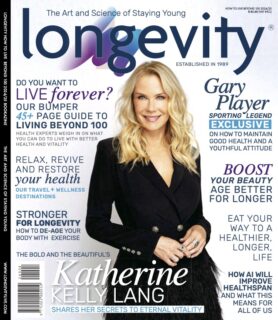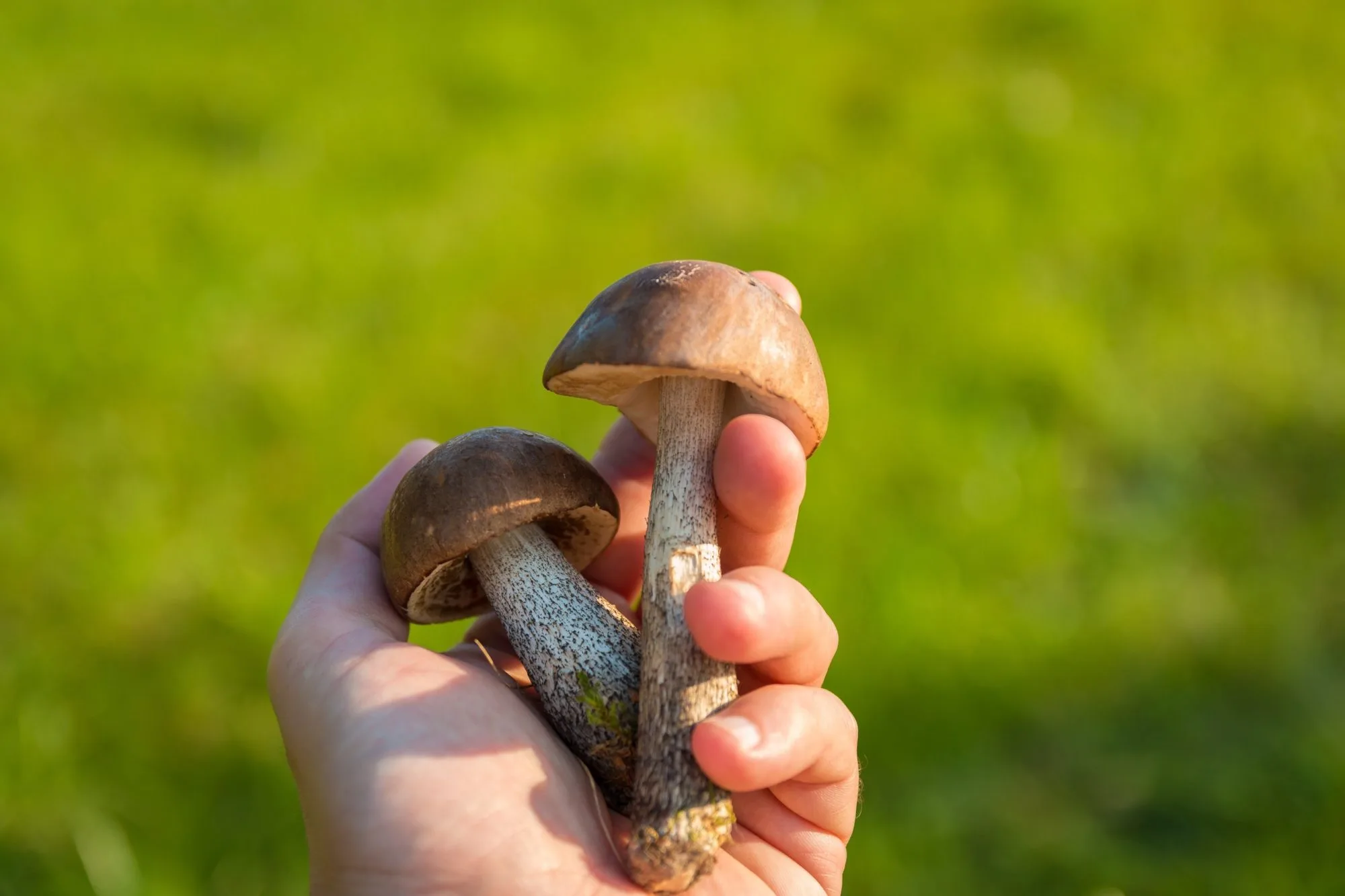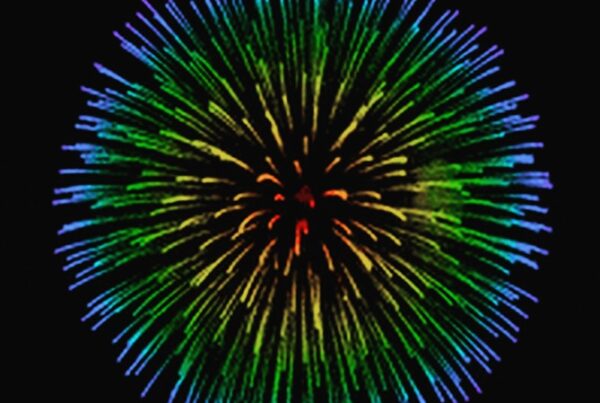Psychedelics are slowly redefining their reputation. And it’s thanks to their work in the mental health space. However, how they are used matters. There’s a profound difference between using them in a therapeutic setting and using them in a recreational one. Psychedelic-assisted therapy allows us to explore the healing power of these natural medicines. But in a safe and controlled manner.
We interviewed Dr. Bradley Kallenbach, clinical psychologist and co-founder of Equanimity Wellness. This psychedelic-assisted therapy clinic (in Sandton, South Africa) aims to reduce unnecessary mental suffering. The company combines traditional forms of therapy with evidence-based alternative medicine and wisdom.
Dr. Kallenbach discussed the groundbreaking healing potential of psychedelics. Only, its restorative power rests in the framework in which it’s used. Psychedelics take you on a journey within. It’s crucial to set a meaningful intention beforehand (and reflect afterward) to heal for the better. Luckily, a psychedelic-assisted therapy clinic can make this process seamless and impactful.
Psychedelic-assisted therapy creates an intentional setting, not a pleasure-seeking one
Psychedelics are not just party drugs. They’re therapeutic tools, with deep impact when done correctly. Dr. Kallenbach pointed out the main difference between psychedelic-assisted therapy and psychedelic-infused entertainment. In therapeutic settings, a framework governs the process.
This framework ensures physiological and psychological safety, starting with careful screening. Certainly, it’s necessary to identify potential risks and provide a holistic approach to healing and recovery. The next step is thorough preparation. We want to embark on the journey with a clear objective (or an ‘intention’). This way, we prime our minds in a controlled way, ideal for the psychedelic experience.
Finally, we will harness the insights gained. Arguably, this is the most important part of the process. The follow-up therapy (or ‘integration’) is where we translate epiphanies from the journey into meaningful and lasting behavior change. So, in a therapeutic space, we’re using these medicines with intention. This makes sense given their ability to heighten our consciousness. Consequently, Dr. Kallenbach cautioned against chasing this internal voyage at dopamine’s behest.
“As Sam Harris, a neuroscientist that I’m fond of, says, ‘these experiences can feel like being hit by a freight train of significance. Now, that is profound and meaningful’. But it’s certainly not something you want to have over and over every day,” remarks Dr Kallenbach.
Preparing for the journey within, with psychedelics at the helm
Okay, I’ve been thoroughly screened (and certain contraindications have been ruled out). Clearly, psychedelic-assisted therapy is the right treatment option for me. But I can’t simply jump right into it. So, how exactly do I prepare myself for a meaningful and safe journey – from beginning to end? Thankfully, Dr. Kallenbach and his expert team at Equanimity Wellness have got you covered.
According to the clinical psychologist, preparation is never hastened. One must know how to breathe, where to pay attention, and how to relinquish control. It’s crucial to flow with, and not resist, the experience.
One component of the preparation involves cultivating mindfulness-based tools. For instance, you may need to sit in meditation every day for three weeks. What’s more, you need to take care of your body beforehand. It’s crucial to rest, get some exercise, and nourish your body properly. Essentially, you want to “clean out” your vessel to receive the medicine as best as possible.
The magic isn’t only in the medicine, it’s in the whole context
It’s imperative to equip your mind and body for a psychedelic ride. But what’s therapy without taking a trip into your past? Another crucial preparatory task is setting meaningful objectives. However, life history exploration is key to arriving at a purposeful intention.
Psychedelic-assisted therapy involves digging deeper. It’s about getting a sense of where you’ve come from, identifying experiences that shape who you are today. This helps professionals in the space understand why you’re struggling in the way that you are. So, there’s an enormous amount of initial, upfront work to navigate. Crucially, once you’ve had the journey, then the real work begins. Psychedelic use is not enough on its own.
“The analogy we use is we compare [the journey] to heating up the clay of the mind. So, instead of chipping away at the clay while it’s dry [like in traditional therapy], we heat the clay up and make it malleable,” reveals Dr Kallenbach, “Now, we can resculpt the psyche into a more adaptive form, but it has to be intentional and goal-directed.”
Needless to say, there is no panacea for healing and recovery. If a therapeutic framework wasn’t essential, then every raver would go home healed. Everyone feels integrated mentally with their childhood trauma resolved. Yet it never happens like that. It requires a comprehensive and holistic approach. The magic isn’t only in the medicine, it’s in the framework…the whole context.
How does dosage work with psychedelics?
Some psychedelics, like psilocybin, are not like the over-the-counter or scheduled medicines in terms of exactness dosage-wise. It’s tricky measuring the precise amount of their mind-altering properties. Yet, one can regulate the dose of ketamine (a synthetic psychedelic). Equanimity Wellness uses ketamine for its psychedelic-assisted therapy services. This is because mental healthcare providers can work with it legally in South Africa.
There are different modes of administration with ketamine. However, Equanimity Wellness uses the most common one: an intravenous infusion. The anesthetist controls the onset and offset of action. This allows for a gentle introduction into the psychedelic space. Fortunately, this means you can easily end the process if you want to. However, the same cannot always be said for other psychedelics or methods of induction.
Dr. Kallenbach described a ketamine infusion as waning into a body of warm water. It’s comfortable and not quite so overwhelming. While a high dose of psilocybin, on the other hand, can be like plunging into an icy body of water. Ultimately, the experience can be a rollercoaster if you’re receiving the full amount in one go. An infusion eases you into it.
Grab the latest issue of Longevity Magazine
Interested in learning more about psychedelics and how they can help your mental health?
Access a digital copy of our How to Live Beyond 100 bookazine via Zinio. Alternatively, readers living in South Africa may purchase a hard copy in select retail stores.



![women [longevity live]](https://longevitylive.com/wp-content/uploads/2020/01/photo-of-women-walking-down-the-street-1116984-100x100.jpg)










